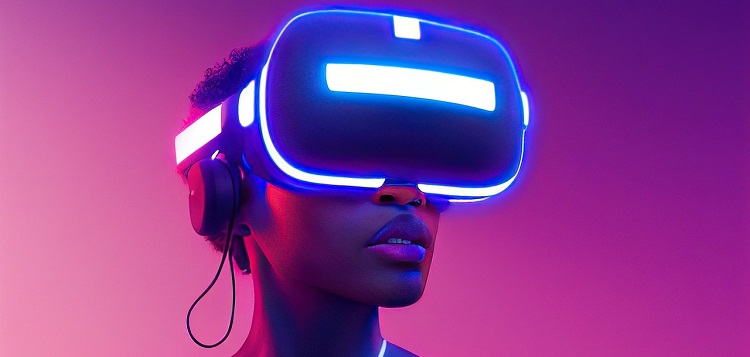Radio Frequency Identification (RFID) is an innovative technology that is revolutionizing the way businesses track and locate their inventory. By utilizing radio frequency (RF) waves, RFID tags can be used to uncover items that are hidden from view. In recent years, researchers at the Massachusetts Institute of Technology (MIT) have taken this groundbreaking technology to the next level by developing an augmented reality (AR) headset that gives the wearer the ability to “see through” solid objects and locate RFID-tagged items with remarkable accuracy.
In order to understand how RFID technology works, it is important to understand what RFID tags are. An RFID tag is a small device containing an integrated circuit chip and antenna that transmits a unique identifier when an RF antenna sends out a signal. The signal is picked up by the tag and then transmitted back to the antenna, allowing it to locate the item with precision. These tags are typically affixed to an item and can be read from up to several meters away, depending on the type of tag used. They come in different shapes and sizes and can be read using various types of RF antennas.
RFID technology has been widely used in a variety of industries, such as retail, healthcare, and logistics, to improve inventory management and streamline operations. Recently, MIT investigators have taken this technology to the next level by developing an augmented reality (AR) headset that gives the wearer the ability to “see through” solid objects and locate RFID-tagged items with remarkable accuracy. The headset combines computer vision and wireless observation to mechanically detect a certain item that is hidden from view, potentially inside a box or beneath a heap.
In order to evaluate the accuracy of their new AR headset, MIT investigators conducted a study in which they had participants use the headset to locate RFID-tagged objects. They discovered that their X-AR system was remarkably accurate, directing users toward a particular item with less than 10 centimeters of discrepancy—signifying that usually, the object was positioned less than 10 centimeters away from where X-AR guided them. This level of accuracy is impressive considering that it was achieved without any prior knowledge of where the object was located in relation to its surroundings.
The AR headset developed by MIT investigators has several capabilities that make it particularly useful for locating concealed items with RFID tags. First, it uses an X-ray type of vision that can penetrate through materials such as cardboard boxes or plastic receptacles in order to detect items that are hidden from view but are still labeled with RFID tags. Second, it includes an RF antenna that sends out signals in order to locate the tag-labeled objects. Finally, it utilizes augmented reality technology in order to direct users toward the object they are looking for by overlaying visual cues onto their field of vision.
The unprecedented accuracy and precision of the AR headset developed by MIT investigators have far-reaching implications for businesses looking for better ways to manage their inventory, as well as for consumers who want more efficient ways of locating what they need quickly and easily. The use of RFID tags in conjunction with an augmented reality headset provides businesses with a comprehensive view of their inventory, allowing them to accurately track and locate all items in their possession with unprecedented efficiency. In addition, consumers can now benefit from the convenience of being able to find any item they need in a matter of seconds, without having to search through piles or boxes or manually count items.
In conclusion, the revolutionary RFID technology has been taken to new heights by MIT investigators with their development of an augmented reality (AR) headset that gives the wearer the ability to “see through” solid objects and locate RFID-tagged items with remarkable accuracy and precision. This technology has far-reaching implications for businesses looking for better ways to manage their inventory, as well as for consumers who want more efficient ways of locating what they need quickly and easily. With its advanced capabilities and unprecedented level of accuracy, this AR headset is sure to revolutionize how businesses track and locate their inventory for years to come.

